Key Highlights
- India faces 128 GWh battery waste by 2030 with EVs contributing 59 GWh (46%), creating USD 3.5 billion market opportunity requiring immediate infrastructure development
- Battery Waste Management Rules 2022 mandate EPR with progressive recovery targets from 70% (2024-25) to 90% (2026-27) while prohibiting landfill disposal
- ₹1,500 crore NCMM subsidy scheme offers 20% capital subsidy and operating incentives, targeting 270 kilotonnes capacity and 70,000 jobs creation by 2030-31
- 95% informal sector dominance poses health risks to workers while wasting valuable materials through unsafe dismantling and primitive recovery methods
- Critical mineral security benefits include potential recovery of 2,500-4,000 tonnes lithium and 8,000-12,000 tonnes cobalt annually, reducing import dependence
India stands at the precipice of a battery waste tsunami that could either become an environmental catastrophe or transform into the nation’s most promising green economic frontier. With the country’s lithium-ion battery demand projected to reach 600 GWh by 2030, the corresponding end-of-life battery volume of 128 GWh represents both an unprecedented challenge and a USD 3.5 billion market opportunity. As electric vehicles, consumer electronics, and renewable energy storage drive this exponential growth, India’s ability to develop a robust battery recycling ecosystem will determine whether this waste becomes a strategic resource or an environmental liability threatening the nation’s sustainability goals. india-re-navigator niti.gov
The Magnitude of India’s Battery Challenge
Projected Waste Volume and Sectoral Breakdown
NITI Aayog’s comprehensive analysis reveals the staggering scale of India’s impending battery waste crisis, with specific sectoral contributions painting a detailed picture of the challenge ahead. cleanmobilityshift
2030 Battery Recycling Potential (128 GWh Total):
- Electric Vehicle segment: 59 GWh (46% of total waste) comprising 349,000 tonnes
- Grid and energy storage: 33.7 GWh from utility-scale applications
- Behind-the-meter applications: 19.3 GWh from commercial and residential storage
- Consumer electronics: Remaining 16 GWh from phones, laptops, and devices
Chemistry-Specific Projections:
The recycling volume encompasses diverse battery chemistries including Lithium Iron Phosphate (LFP), Lithium Manganese Oxide (LMO), Lithium Nickel Manganese Cobalt Oxide (NMC), Lithium Nickel Cobalt Aluminum Oxide (NCA), and Lithium Titanate Oxide (LTO).
Critical Mineral Recovery Potential
By 2030, India’s battery recycling could recover substantial quantities of critical minerals currently imported at significant cost:
Annual Recovery Potential (2030):
- Lithium: 2,500-4,000 tonnes (currently 100% imported)
- Cobalt: 8,000-12,000 tonnes (strategic mineral for defense applications)
- Nickel: 15,000-20,000 tonnes (essential for high-energy density batteries)
- Copper and aluminum: Significant quantities for industrial applications
Policy Framework and Institutional Architecture
Battery Waste Management Rules, 2022: Regulatory Foundation
The Ministry of Environment, Forest and Climate Change notified the comprehensive Battery Waste Management Rules, 2022 on August 24, 2022, establishing a regulatory framework based on Extended Producer Responsibility (EPR) principles. pib cpcb
Key Regulatory Provisions:
- Universal coverage: All battery types including EV, portable, automotive, and industrial batteries
- EPR obligations: Producers responsible for collection, recycling, and material recovery
- Disposal prohibition: Landfill dumping and incineration strictly banned
- Online registration: Centralized CPCB portal for producer and recycler registration
- Environmental compensation: Polluter pays principle for non-compliance
Progressive Recovery Targets:
- 2024-25: 70% material recovery from waste batteries
- 2025-26: 80% recovery target
- 2026-27 onwards: 90% recovery ensuring maximum resource utilization
National Critical Minerals Mission: Financial Support
The Union Cabinet’s approval of a ₹1,500 crore incentive scheme in September 2025 under the National Critical Minerals Mission (NCMM) represents unprecedented government commitment to domestic recycling capacity building. ddnews
Scheme Parameters (FY 2025-26 to FY 2030-31):
- Total outlay: ₹1,500 crore over six years
- Capital subsidy: 20% on plant and machinery for timely commissioning
- Operating subsidy: Incremental sales-based incentives in phases
- Capacity targets: 270 kilotonnes annual recycling capacity
- Output goals: 40 kilotonnes critical minerals annually
Beneficiary Structure:
- Large recyclers: Maximum ₹50 crore incentive per entity
- Small players and startups: ₹25 crore cap with one-third allocation reserved
- Investment mobilization: ₹8,000 crore private investment expected
- Employment generation: 70,000 direct and indirect jobs
Environmental and Health Imperatives
Contamination Risks from Improper Disposal
Heavy Metal Contamination:
Lithium-ion batteries contain toxic heavy metals including cobalt, nickel, manganese, and lithium compounds that pose severe environmental and health risks when improperly disposed.
Environmental Impact Pathways:
- Soil contamination: Heavy metals leaching into agricultural lands
- Groundwater pollution: Chemical compounds affecting drinking water sources
- Air quality degradation: Toxic fumes from informal burning and processing
- Ecosystem disruption: Bioaccumulation in food chains affecting biodiversity
Informal Sector Health Hazards
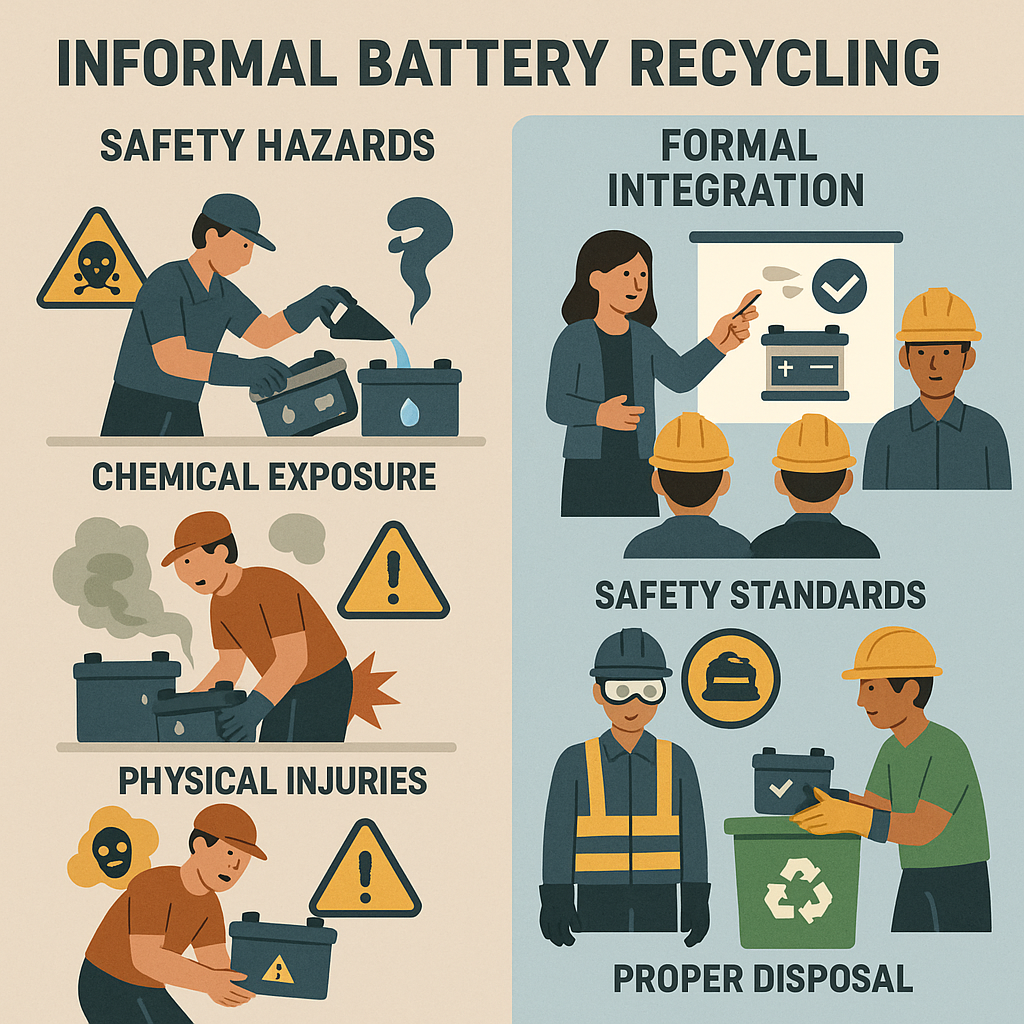
Currently, over 95% of India’s battery recycling occurs in the unorganized informal sector, exposing workers to severe health risks while causing environmental degradation.
Worker Health Risks:
- Chemical exposure: Direct contact with toxic electrolytes and heavy metals
- Respiratory issues: Inhalation of particulate matter and chemical vapors
- Skin disorders: Burns and dermatitis from battery acid exposure
- Long-term health effects: Potential carcinogenic and neurological impacts
Informal Sector Characteristics:
- Unsafe dismantling practices: Manual breaking of battery cells without protection
- Primitive recovery methods: Acid washing and burning techniques
- Lack of waste treatment: Direct discharge of contaminated water and residues
- Minimal value recovery: Low-efficiency processes wasting valuable materials
Economic Opportunity and Market Potential
Market Size and Growth Projections
NITI Aayog’s economic analysis projects the Indian battery recycling market to reach USD 3.5 billion by 2030, driven by regulatory mandates, resource scarcity, and technological advancement.
Revenue Streams:
- Recovered materials sales: Primary revenue from lithium, cobalt, nickel, and other metals
- Processing services: Fees for battery collection, dismantling, and recycling
- Second-life applications: Repurposing degraded EV batteries for stationary storage
- Environmental services: EPR compliance and waste management solutions
Employment Generation and Skill Development
Direct Employment Opportunities:
- Collection and logistics: Transport, sorting, and warehouse operations
- Technical processing: Hydrometallurgical and pyrometallurgical plant operations
- Quality control: Testing, analysis, and certification services
- Research and development: Process optimization and technology innovation
Skill Development Requirements:
- Technical training: Chemical processing and metallurgical operations
- Safety protocols: Hazardous material handling and environmental protection
- Digital systems: Traceability, monitoring, and compliance reporting
- Entrepreneurship: Small-scale collection and preprocessing businesses
Current Industrial Landscape and Key Players
Established Companies Expanding into Li-ion Recycling
Major Industrial Players:
- Gravita India: Expanding from lead-acid to lithium-ion battery recycling
- Exide Industries: Leveraging automotive battery expertise for EV battery processing
- Pondy Oxides & Chemicals: Chemical processing capabilities for material recovery
- NILE Ltd: Metal recovery specialization adapting to battery minerals
International Partnerships:
Several Indian companies are forming strategic alliances with global recycling technology providers to access advanced processing techniques and international markets.
Technology Adoption and Process Innovation
Recycling Technology Comparison:
- Hydrometallurgy: Highest adoption potential in India due to lower capital costs
- Pyrometallurgy: Energy-intensive but effective for mixed battery types
- Direct recycling: Most promising future technology with 95% recovery rates
- Mechanical processing: Preprocessing step for material separation
Challenges and Implementation Barriers
Infrastructure and Technology Gaps
Capital Investment Requirements:
- High setup costs: ₹50-100 crore for modern hydrometallurgical plants
- Technology acquisition: Licensing fees for proven international processes
- Scale economics: Minimum viable capacity requirements for profitability
- Working capital: Feedstock procurement and inventory management
Technological Challenges:
- Multi-chemistry processing: Different battery types requiring varied processes
- Contamination issues: Mixed materials reducing recovery efficiency
- Quality control: Consistent output standards for industrial applications
- Process optimization: Energy efficiency and environmental compliance
Reverse Logistics and Collection Infrastructure
Collection Network Gaps:
- Limited collection points: Insufficient infrastructure for systematic battery collection
- Transportation costs: High logistics expenses for low-density waste streams
- Storage requirements: Specialized facilities for hazardous material handling
- Tracking systems: Digital traceability from collection to recycling
Regulatory Compliance and Enforcement
EPR Implementation Challenges:
- Producer compliance: Variable commitment to collection responsibilities
- Monitoring systems: Limited real-time tracking of recycling performance
- Penalty enforcement: Inconsistent application of environmental compensation
- Certificate trading: Market mechanisms for EPR obligation fulfillment
Technology Innovation and Future Pathways
Advanced Recycling Technologies
Direct Recycling Breakthrough:
Research indicates direct recycling as the most promising technology for India’s future, offering 95% material recovery rates while being more environmentally friendly and requiring less economic investment compared to conventional methods.
Hydrometallurgy Optimization:
The acid-leaching method shows highest adoption potential in the Indian context due to lower capital requirements and proven scalability for mixed feedstock processing.
Process Integration:
- Mechanical preprocessing: Automated dismantling and material separation
- Thermal treatment: Safe electrolyte removal and cell preparation
- Chemical processing: Selective mineral recovery and purification
- Material synthesis: Battery-grade material production for domestic manufacturing
Digital Infrastructure and Traceability
National Battery Tracking System:
Experts recommend establishing a comprehensive online dashboard to monitor batteries from cradle to grave, facilitating tracking of critical minerals used in lithium-ion batteries throughout their lifecycle.
Blockchain Integration:
- Immutable records: Transparent supply chain tracking from manufacturing to recycling
- Smart contracts: Automated EPR compliance and certificate generation
- Quality assurance: Verified material provenance for recycled content
- Performance monitoring: Real-time data on recycling efficiency and environmental impact
Way Forward: Building a Circular Battery Economy
Strengthening Regulatory Enforcement
Digital EPR Platform Enhancement:
- Real-time monitoring: Automated tracking of battery flows and recycling performance
- Penalty automation: System-generated penalties for non-compliance
- Certificate marketplace: Transparent trading platform for EPR obligations
- Performance dashboards: Public visibility of producer compliance rates
Formalizing the Informal Sector
Integration Strategy:
- Skills training programs: Safety protocols and technical processing methods
- Financial support: Microfinance and equipment leasing for small recyclers
- Aggregation centers: Centralized collection points serving multiple informal operators
- Technology transfer: Simple, safe processing techniques for small-scale operations
International Collaboration and Knowledge Transfer
Best Practice Adoption:
- EU Battery Directive: Regulatory framework and collection targets for comprehensive coverage
- Chinese recycling technology: Advanced processing methods and industrial scaling
- Japanese circular economy: Extended producer responsibility and consumer participation
- South Korean innovation: R&D partnerships and technology commercialization
Research and Development Priorities
Indigenous Technology Development:
- Process optimization: Energy-efficient recycling methods suited to Indian conditions
- Material science: Direct recycling techniques for Indian battery chemistries
- Automation systems: Cost-effective processing equipment for various scales
- Environmental technology: Zero-discharge processes and waste minimization
Building India’s Battery Circular Economy
India’s battery recycling sector represents more than an environmental necessity – it embodies the nation’s potential to transform waste into wealth while achieving energy security, environmental protection, and economic growth. The convergence of regulatory support, financial incentives, and market demand creates unprecedented opportunities for entrepreneurs, investors, and policymakers to build a world-class recycling ecosystem.
Success requires coordinated action across multiple fronts:
- Robust regulatory enforcement ensuring producer accountability and environmental compliance
- Technology development focusing on cost-effective, environmentally sound processing methods
- Infrastructure investment in collection networks, processing facilities, and quality control systems
- Workforce development providing safe employment while formalizing informal sector operations
- International collaboration accelerating technology transfer and market development
The ₹1,500 crore government investment provides a strong foundation, but private sector participation and innovative business models will determine the sector’s ultimate success. The potential to recover 25-40% of critical materials needed for battery manufacturing while creating 70,000 jobs demonstrates the transformative impact possible through well-executed policy implementation.
As India advances toward its Net Zero 2070 target, the battery recycling sector will play an increasingly critical role in decoupling economic growth from resource consumption. The choices made today in technology adoption, regulatory enforcement, and infrastructure development will determine whether India becomes a global leader in sustainable battery management or struggles with mounting environmental and economic costs.
The next five years represent a critical window for establishing India’s battery circular economy. Success will require unwavering commitment to quality over quantity, safety over speed, and long-term sustainability over short-term profits. Only through such principled implementation can India transform its battery waste challenge into a strategic advantage for sustainable development and economic prosperity.
Mains Practice Qs
GS Paper II (Governance / Environment Policy)
- Evaluate the effectiveness of India’s Battery Waste Management Rules, 2022, in promoting circular economy and reducing e-waste.
GS Paper III (Environment & Economy)
- “Battery recycling is not just a waste management issue but a strategic imperative for India’s energy security.” Discuss.
Essay Topics
- “The circular economy is India’s green frontier.”
- “Critical minerals will decide the future of sustainable growth.”

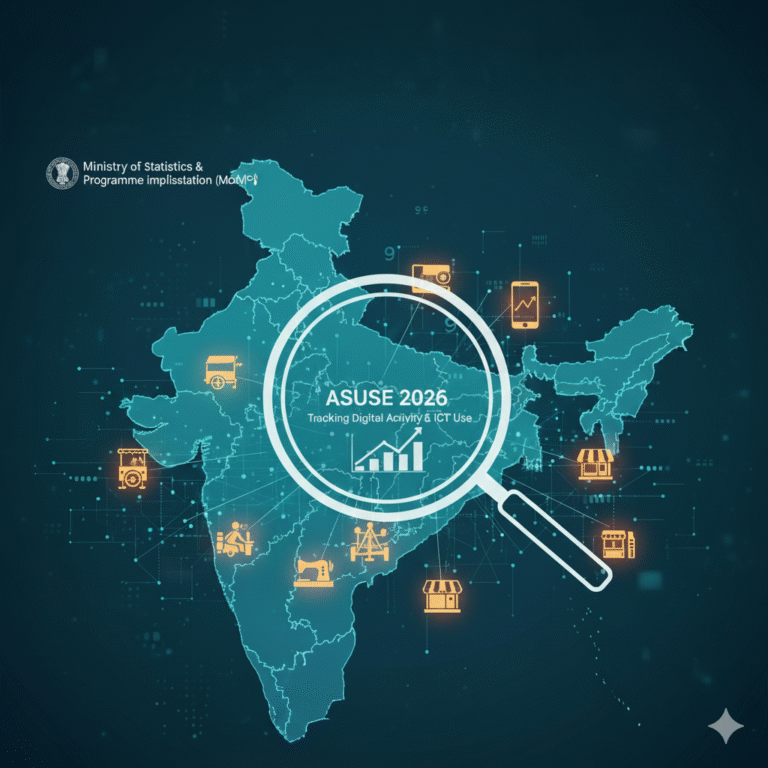
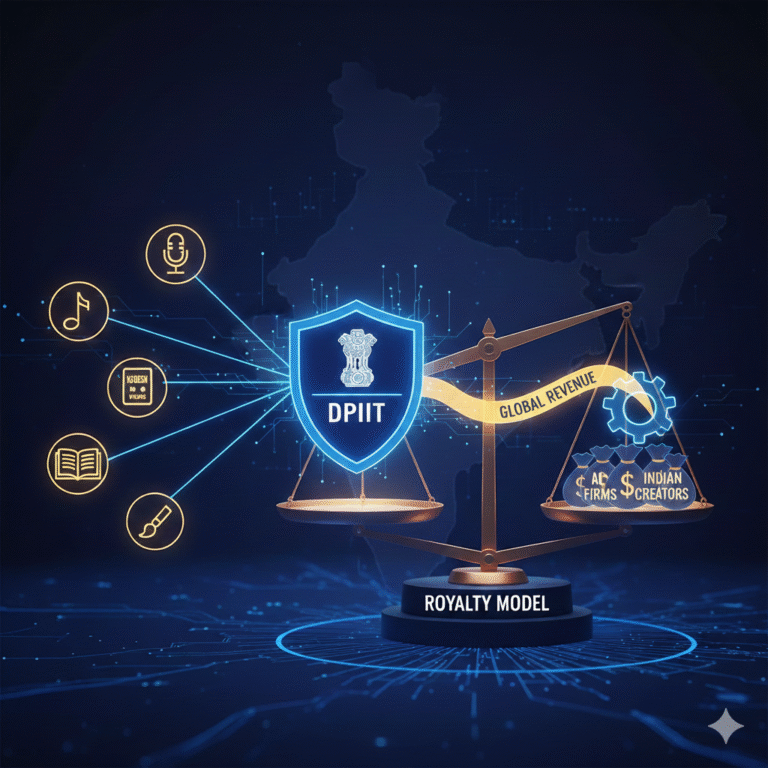

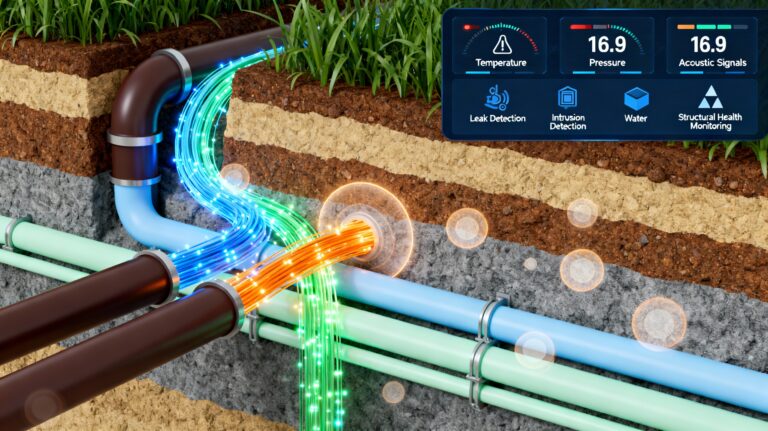
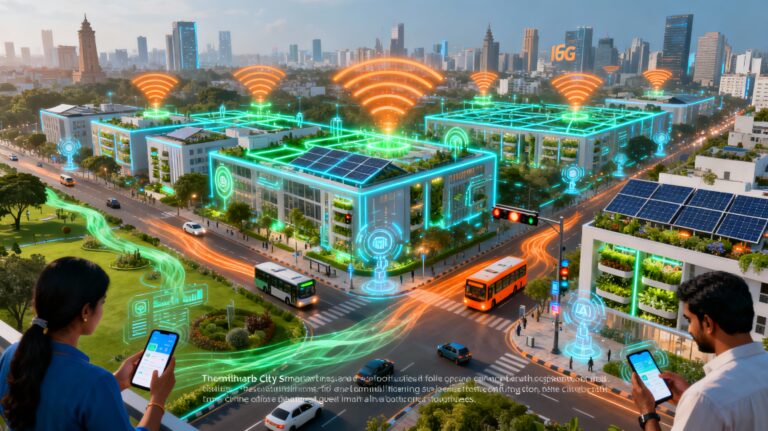
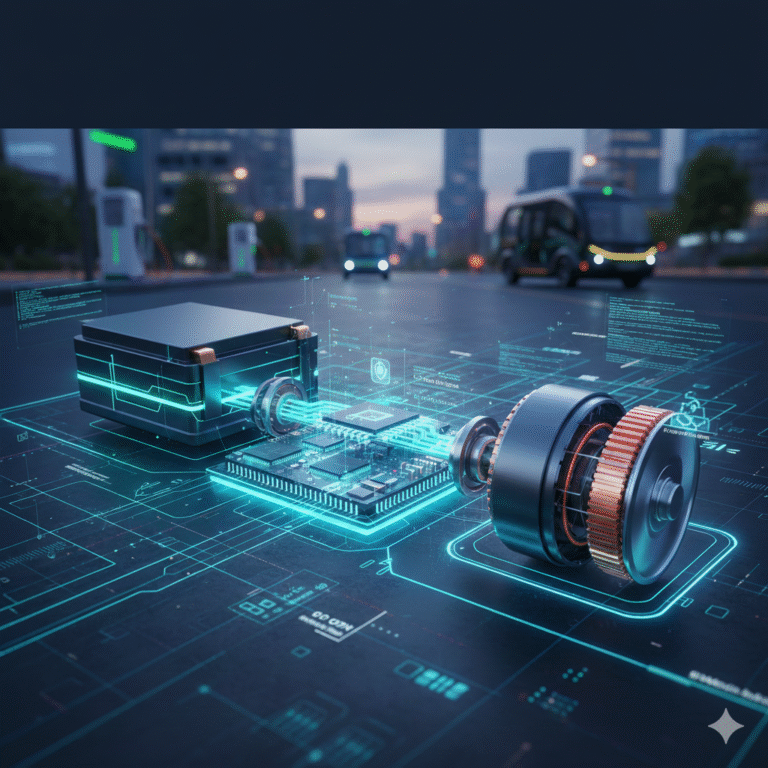
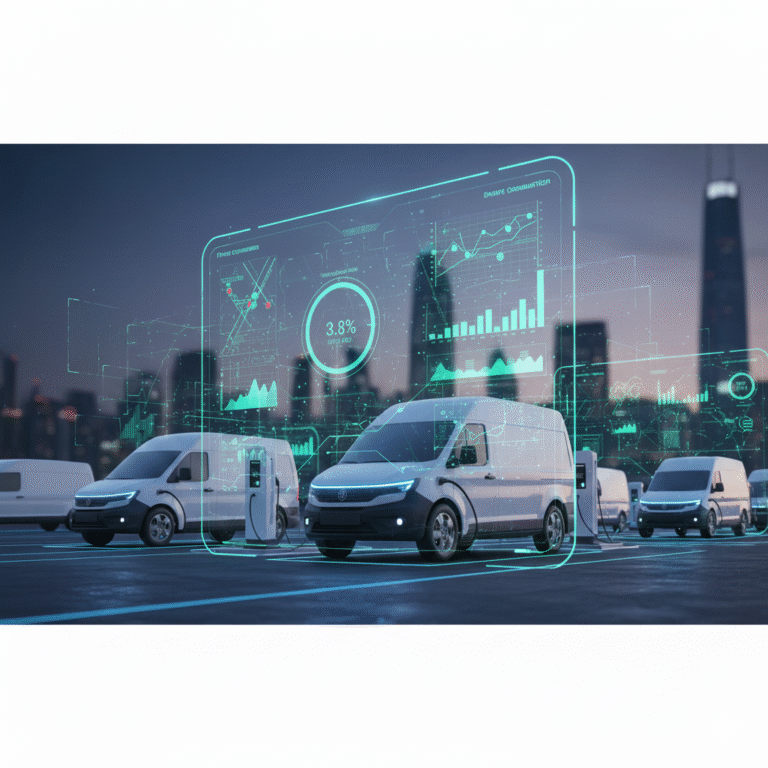
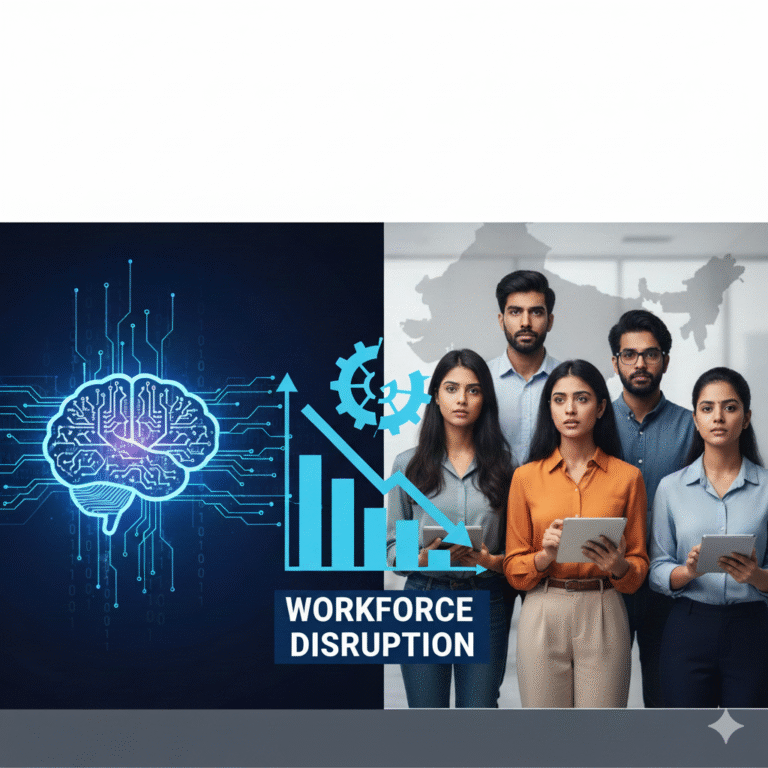
+ There are no comments
Add yours